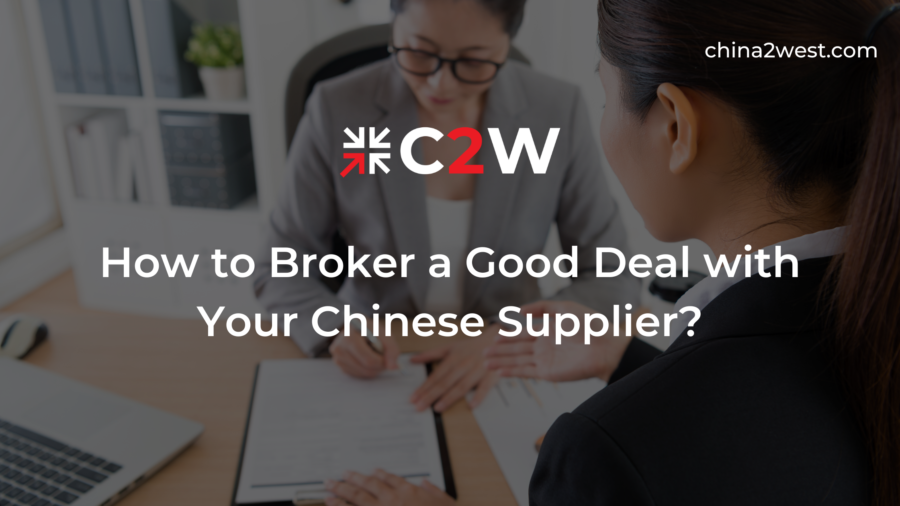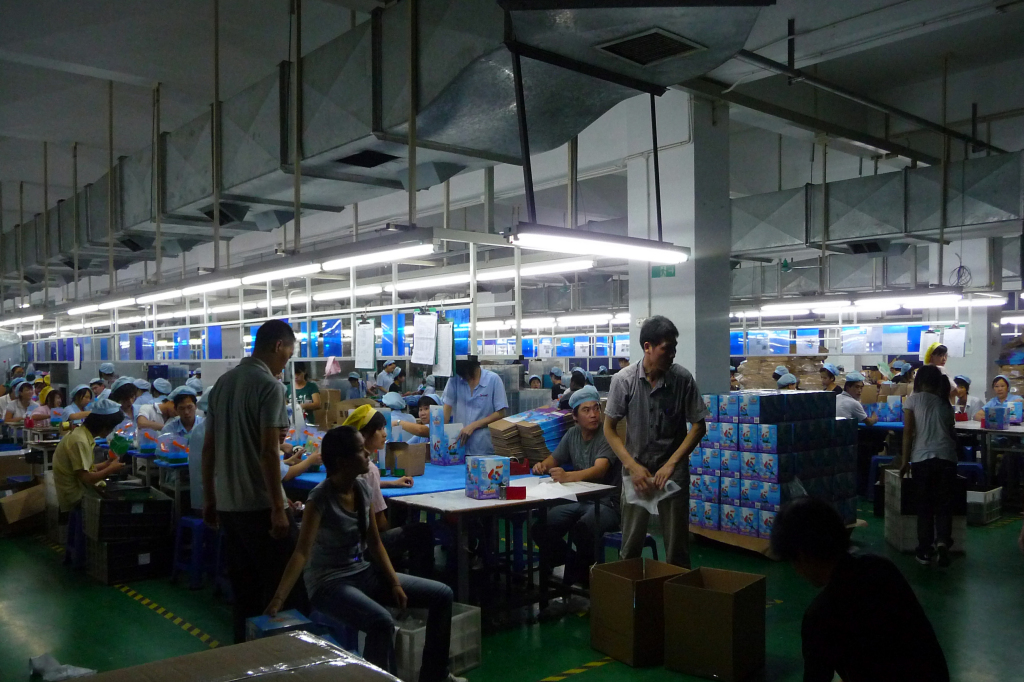In the dynamic world of business, establishing a successful relationship with your Chinese supplier is crucial for the growth and sustainability of your enterprise.
Brokering a good deal with your Chinese supplier involves a combination of effective communication, negotiation skills, and understanding the cultural nuances that play a significant role in business transactions.
This comprehensive guide will walk you through the essential steps to ensure a mutually beneficial and prosperous partnership with your Chinese supplier.
Understanding Chinese Business Culture
Before diving into negotiations, it’s essential to familiarize yourself with the Chinese business culture. In China, relationships are highly valued, and trust is paramount.
Building a strong foundation based on trust and mutual respect will pave the way for successful deal-making.
Understanding and appreciating these cultural elements will enhance your ability to navigate the negotiation process effectively.
Effective Communication Strategies
Clear and concise communication is the cornerstone of successful deal-making. Language barriers can sometimes pose challenges, but adopting effective communication strategies can bridge the gap.
Overcoming language barriers, utilizing translation tools, and leveraging professional interpreters help ensure that your message is accurately conveyed and understood by your Chinese counterparts.
Effective communication is not only about language but also about conveying respect and understanding, fostering a positive atmosphere for negotiations.
Navigating the Negotiation Process
Negotiating with Chinese suppliers requires a strategic approach.
From setting clear objectives to understanding common negotiation tactics employed in Chinese business culture, you’ll gain insights into how to secure a deal that meets both parties’ expectations.
It’s of utmost importance to have patience and flexibility during negotiations, emphasizing the need to adapt your strategy based on the nuances of each negotiation.
Know Your Product and Its Source Materials
Understanding your product and its source materials is fundamental to a successful deal. It’s never too much to emphasize the importance of thorough research on your product, including its specifications, materials, and manufacturing processes.
Product Specifications
Clearly define the specifications of your product. This includes details such as size, weight, color, and any other relevant features.
A comprehensive understanding of your product specifications helps avoid misunderstandings and ensures that both parties are on the same page.
Material Analysis
Conduct a detailed analysis of the materials used in your product. This involves understanding the quality standards, certifications, and sourcing of raw materials.
Transparent communication about material expectations is crucial for maintaining product consistency and quality.
Manufacturing Processes
Gain insight into the manufacturing processes involved in producing your product. This includes understanding production timelines, quality control measures, and any specific requirements unique to your product.
Discussing these processes with your Chinese supplier ensures alignment on production expectations.
Compliance and Regulations
Be aware of any industry-specific compliance and regulations applicable to your product. Ensuring that your product meets the necessary standards is vital for market entry and customer satisfaction.
Collaborate with your Chinese supplier to guarantee adherence to all relevant regulations.
By thoroughly understanding your product and its source materials, you empower yourself to negotiate with confidence and precision.
This knowledge forms the basis for discussing quality standards, production timelines, and potential cost-saving measures with your Chinese supplier.
Payment Terms and Payment Methods
The negotiation of payment terms is a critical aspect of any business deal. In this section, we’ll explore the considerations and best practices for defining payment terms with your Chinese supplier.
It’s crucial to align payment terms with your business’s financial goals while also taking into account the supplier’s needs. Common payment terms include:
Down Payment
Consider negotiating a reasonable down payment to secure the order and show commitment.
This provides your Chinese supplier with the necessary funds to initiate production.
Letter of Credit (L/C)
A widely used payment method, L/C minimizes risk for both parties.
It involves a bank guaranteeing payment upon presentation of specific documents, ensuring that the supplier meets the agreed-upon terms.
Open Account
For established and trusted relationships, open account terms can be considered.
This involves paying the supplier after the goods are delivered. However, it requires a high level of trust between both parties.
Payment Schedule
Define a clear payment schedule based on project milestones. This approach aligns payments with key deliverables, reducing financial risks and providing transparency.
Currency Considerations
Discuss the currency in which transactions will occur. Aligning on a stable currency can mitigate currency exchange risks and uncertainties.
Remember, it’s crucial to document payment terms comprehensively within the contract, ensuring clarity and preventing misunderstandings.
Regularly review and update payment terms based on the evolving nature of your business relationship.
Building Long-Term Relationships
A successful deal is not the end goal; it’s the beginning of a long-term partnership. Cultivating strong relationships with your Chinese suppliers is essential for sustained success.
Maintaining open lines of communication, addressing potential challenges proactively, and fostering a collaborative environment encourage continuous improvement and innovation.
Building long-term relationships involves mutual trust, transparency, and a commitment to the success of both parties.
Overcoming Challenges
No business relationship is without its challenges. This section explores common challenges faced when dealing with Chinese suppliers and provides actionable solutions.
Whether it’s navigating regulatory complexities, quality control issues, or logistical hurdles, you’ll gain valuable insights into overcoming obstacles and ensuring the smooth operation of your supply chain.
Proactive problem-solving and effective communication play key roles in addressing and overcoming challenges, strengthening the partnership between you and your Chinese supplier.
brokering a good deal with your Chinese supplier goes beyond the transactional aspects of business. By following our insights and strategies outlined in this guide, you’ll be well-equipped to navigate the complexities of dealing with Chinese suppliers and foster a mutually beneficial partnership for years to come. With a professional and reliable Chinese supplier, you don’t even need to worry about all the hassles of securing the above recommendations. One like C2W, with their industry-spanning industry experience of nearly 20 years and supplier network, will help you go a long way for your success. Contact us now!


